Bush’s poppy mallow
Callirhoe bushii
Cousin to purple poppy mallow, Bush’s poppy mallow requires sharply draining soils in full sun … Continued
Drought-tolerant and drought-resistant plants may still need supplemental water from time to time, but they can survive periods of dryness without dying.
Drought-resistant plants like cactus, hens and chicks, and sedums can go for very long periods without water and do not tolerate poorly drained locations. Drought-resistant tropical plants grown indoors in winter like cactus, Sansevieria, Echeveria, and other succulents sometimes fail due to overwatering.
Drought-tolerant plants grow in many textures and sizes and have different adaptations that help them get through periods of drought:
The latter two types of plants are drought tolerant once established because any new planting, regardless of drought tolerance, needs to be watered during the first growing season to allow roots to reach the depths needed to access moisture during dry periods.
It’s also important to note that survival may not mean that the plant will look its best during this time. Watering weekly for a longer period of time will result in the best-looking gardens with the highest tolerance for drought. During the hottest, dryest times in summer, watering deeply twice a week is recommended. These less frequent waterings will encourage root systems to expand, making it easier for plants to access moisture when their environment is dry.
Winter drought has become a bigger problem in recent years as snowfall declines. Evergreen plants are especially vulnerable during winter drought because their foliage continues to shed moisture while dormant deciduous plants have shed their leaves and can conserve moisture in woody stems and underground. Watering shrubs and trees in winter on days when the temperature allows (above freezing) will help ensure their healthy return in spring.
Here are some drought-tolerant and drought-resistant plants to grow—
Callirhoe bushii
Cousin to purple poppy mallow, Bush’s poppy mallow requires sharply draining soils in full sun … Continued
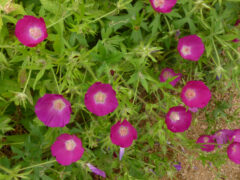
Callirhoe involucrata
Low-growing mounds of cut-leaves are covered with large, purple, cup-shaped flowers all summer. Can self-seed … Continued
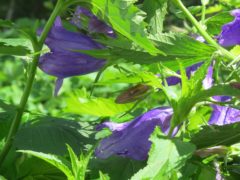
Campanula glomerata ‘Kent Belle’
24″ upright stems are abundantly covered with glossy, purple, 2-in. long bell-shaped flowers. This reblooming … Continued
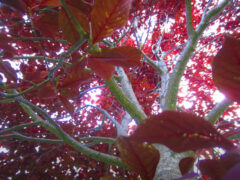
Prunus virginiana
A hardy and colorful native tree is perfect for difficult spots, tolerating heat, cold, wind, … Continued
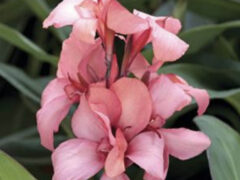
Canna Lily
Red-orange, pink, or yellow blooms over dark purple or deep green foliage makes a dramatic … Continued
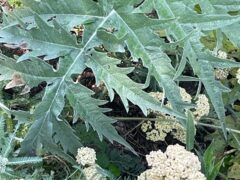
Cynara cardunculus
This relative of the artichoke has edible roots and stalks, but you won’t want to … Continued
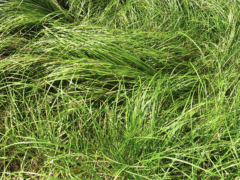
Carex pensylvanica
Low sedge with soft, delicate, arching, semi-evergreen leaves in clumps up to 8″ tall, this … Continued
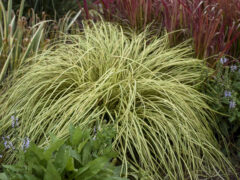
Carex oshimensis 'Evergold'
Creamy yellow leaves have dark green edges, and clumps cascade to the ground in a … Continued
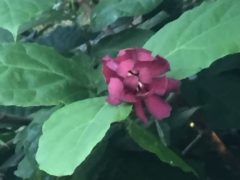
Calycanthus floridus
A dense, rounded deciduous native with a suckering habit with very fragrant, brown to reddish-brown … Continued
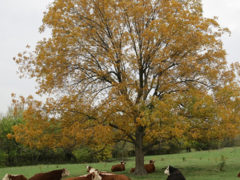
Carya illinoinensis
This massive shade tree is the pecan producer of the industry. Lustrous, dark green foliage … Continued
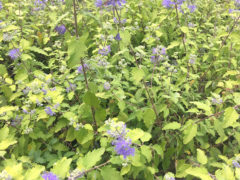
Caryopteris incana
This fragrant late summer bloomer sends up aromatic, whorled, blue-flowering spikes over striking bright chartruese … Continued
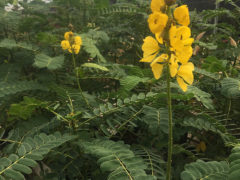
Cassia didymobotrya
Run your hands through the foliage of this plant and release the smell of fresh … Continued